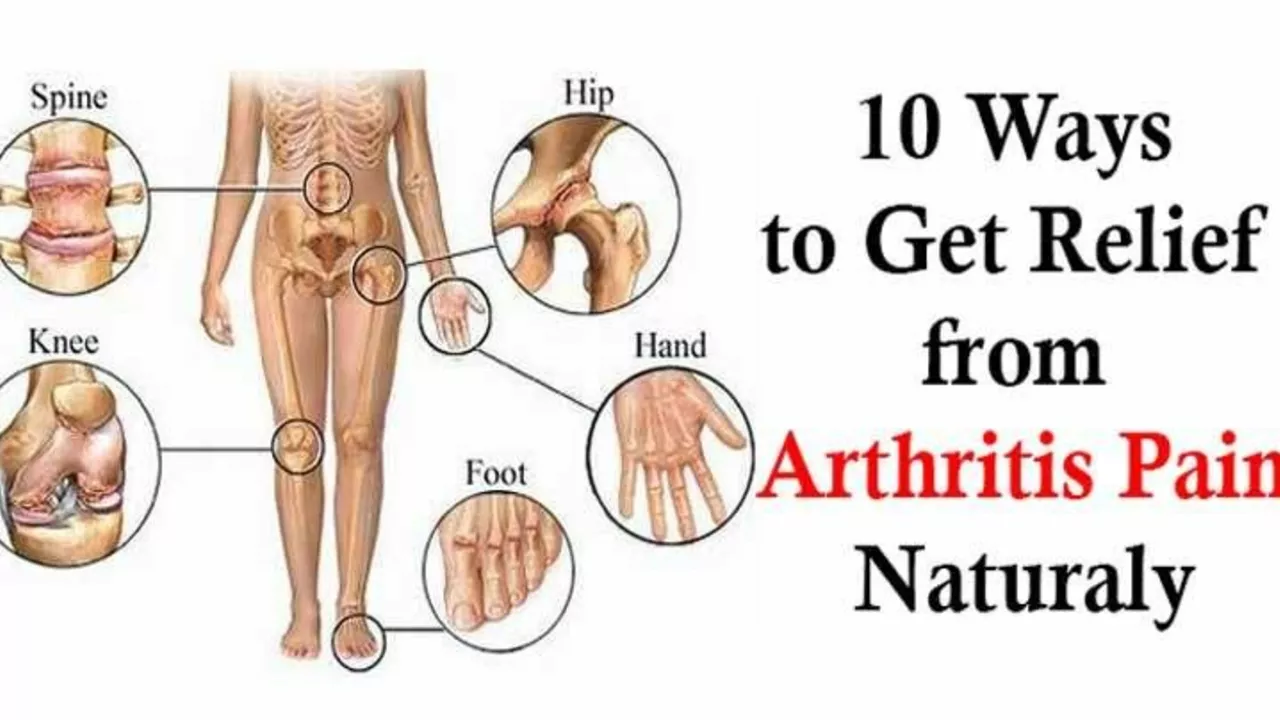Joint pain: practical fixes you can start today
If your knees, hips, or hands bother you, small, focused changes can cut pain and get you moving again. This page gives clear, practical actions — fast relief, long-term habits, and the signs that mean you need medical care.
Fast relief you can try today
For sudden or flare-up pain, try these simple steps: rest the joint for a day or two, use ice for 15–20 minutes (helps swelling), or heat for tight muscles. Over-the-counter options like ibuprofen or naproxen often ease inflammation — follow the label and talk to your doctor if you take blood thinners or have stomach problems. Topical NSAID gels can help local pain with fewer stomach side effects.
Stretch gently and avoid movements that cause sharp pain. For a swollen, hot joint or an injury that stopped you from bearing weight, seek urgent care — those can be signs of infection or fracture.
Long-term habits that actually help
Build three routines: move, strengthen, and manage weight. Low-impact cardio (walking, cycling, swimming) for 20–30 minutes most days improves joint health without extra wear. Add strength work 2–3 times a week — for knee pain, try straight leg raises and mini-squats (10–15 reps); for hips, glute bridges; for hands, squeeze a soft ball 10 times, repeat a few sets.
Dropping even 5–10% of body weight cuts joint load and pain, especially in knees and hips. Sleep and stress matter: poor sleep raises pain sensitivity, and chronic stress fuels inflammation. Little wins — better sleep, short walks, a 10-minute stretching habit — add up fast.
Supplements can help some people. Fish oil (omega-3s) and curcumin (turmeric extract) show consistent benefit for inflammation in many trials; typical omega-3 doses are around 1–3 g daily and curcumin products usually list effective doses on the label. Always run supplements by your doctor, especially if you take blood thinners or other meds.
If you’re on steroids like prednisone, never stop or change the dose by yourself. Talk with your prescriber about taper plans, and pair medical guidance with lifestyle steps — an anti-inflammatory diet (more veggies, less processed sugar), gentle exercise, and stress tools like breathing or short walks.
When meds are needed long-term, try topical options first when possible, and review risks vs benefits with your clinician. If you buy meds online, check pharmacy accreditation, require a prescription when appropriate, confirm real contact info, and read recent customer feedback. Avoid sites that sell prescription drugs without a valid prescription.
Track your pain for two weeks: note triggers, time of day, activities that help or hurt. Bring that list to your appointment. If pain limits daily life, wakes you at night, or comes with fever, sudden swelling, or numbness, see a doctor fast. With steady, practical steps you’ll often feel measurable improvement in a few weeks — start with one small change today and build from there.
The Connection between Plaque Psoriasis and Joint Pain
In my recent exploration, I've discovered a fascinating link between plaque psoriasis and joint pain. It turns out, nearly 30% of people with plaque psoriasis also develop a condition known as psoriatic arthritis, which is characterized by joint pain. Moreover, psoriasis inflammation doesn't just affect the skin but can also impact the joints leading to discomfort and pain. It's critical to consult with a healthcare professional if you're experiencing joint pain along with psoriasis, as early diagnosis and treatment can help manage the symptoms. This connection emphasizes the complexity of psoriasis and its impact beyond skin symptoms.






